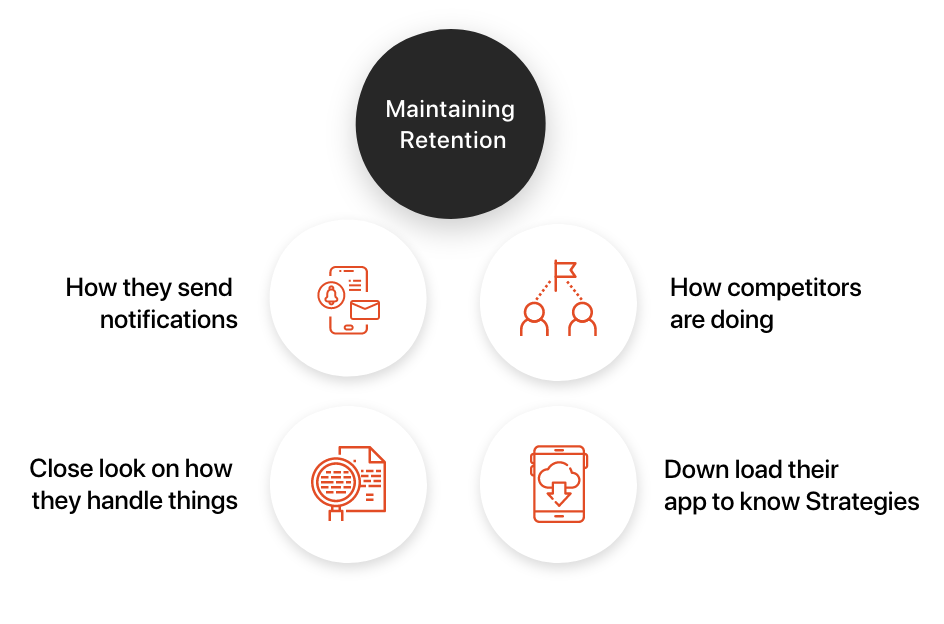
Why App retention is vital in today’s climate

Apps need to be distinctive and offer something different if they are to stand out from the crowd. It’s all too easy for your customers to delete your apps from their smartphones when they need a clearout and haven’t used your app for a while, and this can mean losing out of valuable revenue.

IT IS IMPORTANT TO
Retain your customers’ attention
User retention can be very difficult for companies and organisations due to the sheer number of apps used by customers each month. It’s said that the average smartphone owner uses around 30 apps each month and that they can have three times as many of these stored on their devices. This means attracting users in the first place is just one part of the battle. The ultimate challenge is to keep them.
How to stay on your customers’ phones
It’s said that over a quarter of apps are removed from phones within 30 days, and that almost three-quarters are deleted from devices after 90 days. This means even if you work hard to encourage customers to download your app and succeed, you still need to focus your efforts to keep them on side. One thing you can do to gain the outcome you desire is to turn the funnel around, focussing on retention rather than customer acquisition.
There are many things you can do at the initial acquisition stage that will optimise the chances of customers continuing to use your app. Let’s take a look at some of these key techniques right now.


Onboarding
Many people remove apps from their phones before they have spent much time even using them. This means it’s important to get them experiencing the benefits of your app right away. During the initial onboarding process, you can encourage users to get to grips with what the app can do for them. Once they have seen the benefits of the app for themselves, they are less likely to prematurely delete it. Your onboarding processes can include showing your customers what the app can do without overwhelming them with information. Once they have seen the benefits for themselves, you can slowly start to show more features to them. The more your app does, the more important progressive onboarding will be.

Source feedback from your users
When the onboarding process is done and dusted, you need to ensure you are there for your customers whenever they have a query. If you fail to respond, there’s a big chance they will simply delete your app and forget that they ever downloaded it. They may even leave you a negative review. You can also take steps to ensure the answers to any questions they might have are easy to source. You can do this by adding an FAQ section to the app or a live chat facility. It’s important to do all you can to prevent bad reviews, as these can discourage hundreds or even thousands of customers from downloading your app. Make sure your app is as useful and effective as it can be before launch. The more flawed it is, the greater the likelihood of bad reviews being left for you. Try to avoid releasing your app onto the market before it is ready to prevent user frustration and negative feedback.

Prime pushes
Push notifications can be very effective in keeping your users engaged and re-establishing your relationship with your customers but try not to go overboard. You will need to ask iOS users to opt-in to receive notifications, but this needs to be approached carefully. Try to ask them at the right time, without irritating them.
For some app owners, it can be sensible to send out push notifications when a customer has just made a purchase. You may wish to limit push notifications to once a day or less. Make sure you explain the advantages of opting in to your customers to optimise the chances of them agreeing to receive notifications. The way you approach push notifications can be the difference between your customers continuing to use your app and removing it from their devices forever.
Maintaining retention
You need to start thinking about retention well before the app is actually launched. One reason this can be difficult is that you won’t have any data from your users to work with. However, you can take a look at how your competitors are faring to identify the right approach. Take a close look at how they handle things and how often they send out notifications. You may need to download their apps to get a greater insight into their strategies.


Keep testing your app for performance
You will be able to test and optimise all parts of your retention strategy after your app has been launched. Each message you send out needs to be A/B tested. The data that you source will help you make quality decisions on how to approach retention and let you know what is and isn’t working. Customer retention requires a great deal of hard work but it can help you drive sales, boost brand engagement and stop would-be purchasers from heading elsewhere when they need the kind of products and services that you are offering. In many ways, the hard part isn’t getting customers to download your app – it’s to encourage them to keep and continue using it.
Reasons to launch an app
There are all sorts of great reasons to launch an app if you want your business to succeed and enhance your reputation. Apps take your closer to your customers and bring them closer to you, improve the brand experience, enable you to keep up with or even surpass the competition, make you appear innovative and cutting-edge and make your customers much more loyal to you. They can also make your brand a constant presence in your customers’ lives.
By thinking of ways to retain your customers before your app has even been launched, you can ensure that it remains on their devices for months and even years to come.

